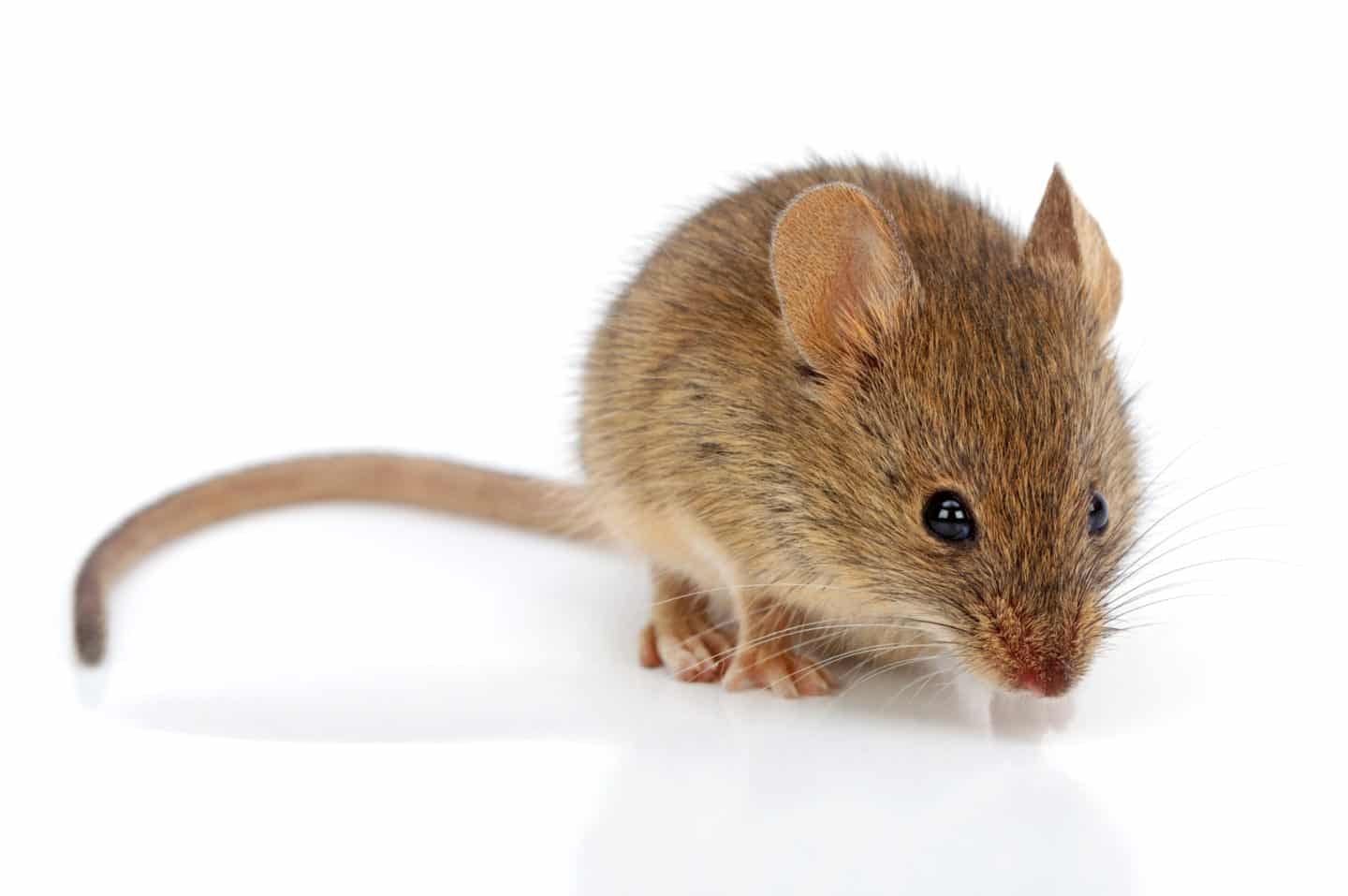Author: Kurt Treftz, Cascade Pest Control
The house mouse might be a common nuisance pest, but you still don’t want to join that club. Understanding more about the lifecycle of mus musculus, can help you know what you are facing if you have evidence of an infestation. The house mouse is characterized by a rapid reproduction rate and a relatively short lifespan.

Reproductive Traits of the House Mouse
Sexual Maturity:
The ordinary house mouse reaches sexual maturity quite quickly. This means mice are ready to reproduce just 4-6 weeks after their birth. Some females can even reach it as early as 25 days.
Breeding Habits:
Mice don’t go through a fertility cycle or “heat” like some other animals. Instead, they breed throughout the year. This is especially true when they have adapted to indoor environments with climate-controlled conditions. Outdoor breeding may peak in spring and fall in some climates.
Gestation Period:
After being impregnated, a female mouse needs just 19-21 days to gestate the litter. This means that in less than a month, a mouse can breed and give birth to a litter of pups.
Litter Size:
Most house mouse litters have between 5 to 8 pups, but some can have as many as 14. The chances of all the mice babies surviving to adulthood are more favorable when mice are living indoors. This means house mouse litters often have a good chance of survival. In addition to these abundant litters, females can quickly conceive again. A female house mouse may have as many as 5-10 litters per year.
Postpartum Estrus:
Remarkably, female house mice can become pregnant again within 24 hours of giving birth due to postpartum estrus. This phenomenon is more pronounced in rodent species as a way to increase reproductive advantage, as a female can become pregnant while still nursing and caring for her existing litter.
Rapid Multiplication:
Given these factors, a single female house mouse can produce a large number of offspring in a year. If that happens in your home, an infestation can quickly get out of hand.
Life Stages of the House Mouse
Newborn (0-2 weeks)
Newborn house mouse pups are born without hair. They are blind and deaf, weighing about 1 gram. Their ears develop by day 4, fur appears around day 6, and their eyes open around days 13-14. They are entirely dependent on their mother for warmth and nursing.
Juvenile (2-6 weeks):
At just around 3 weeks, house mice will begin venturing out of the nest. They will transition to solid food and be fully weaned. They will have a rapid growth in size and motor skills. At this age, males may leave their mothers, while females stay longer.
Adult (6 weeks onwards):
At 6 weeks, house mice have reached sexual maturity. They will seek to mate and reproduce. Adulthood focuses on survival: finding food, avoiding danger, and reproducing.
Lifespan of the House Mouse
In the wild:
House mice living in the wild typically live for 9-12 months. Mice in the wild are more likely to encounter predators, limited food sources, and extreme temperatures.
Indoors:
House mice living indoors often have more access to food and water, protection from dangers, and more consistent climate. This results in a much longer lifespan. They can significantly increase their life up to 2-3 years. This is double to triple their outdoor cousins – other mouse breeds that live in the Puget Sound.
Understanding the house mouse life cycle means understanding their ability to reproduce rapidly, which can lead to quick infestations. Effective pest management strategies often focus on disrupting their breeding to get ahead of their exponential growth.
Call Cascade Pest Control if you have a mouse infestation 888-989-8979 or Request a Quote.
